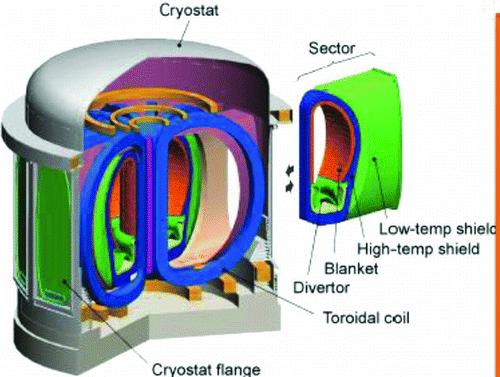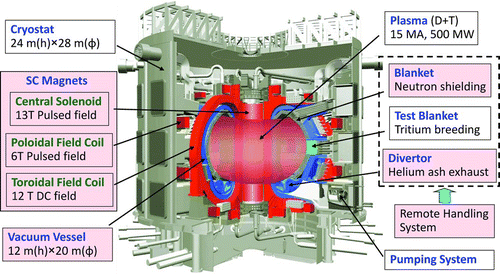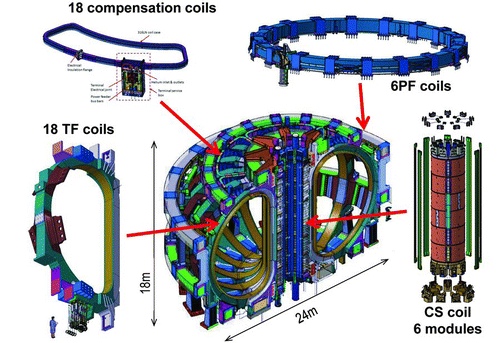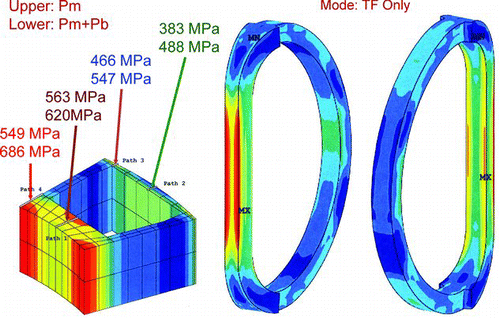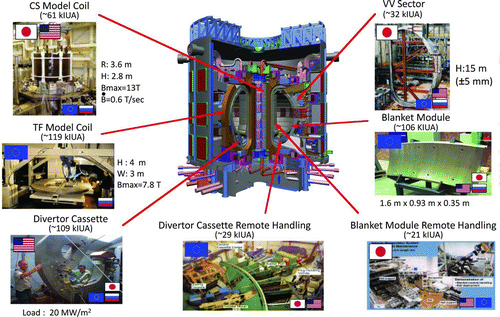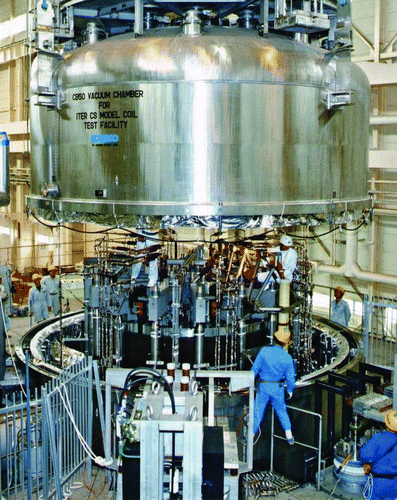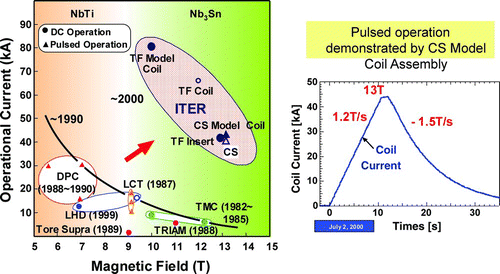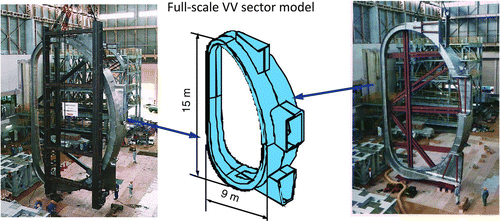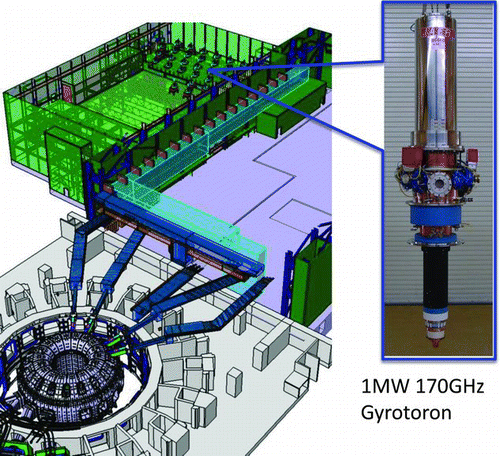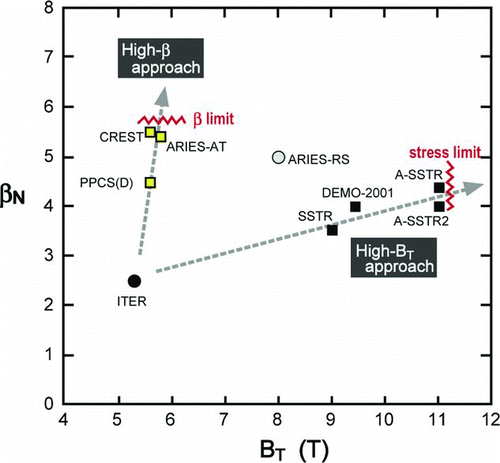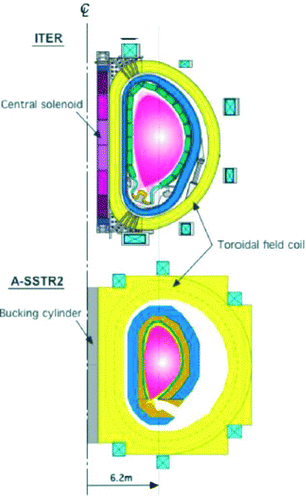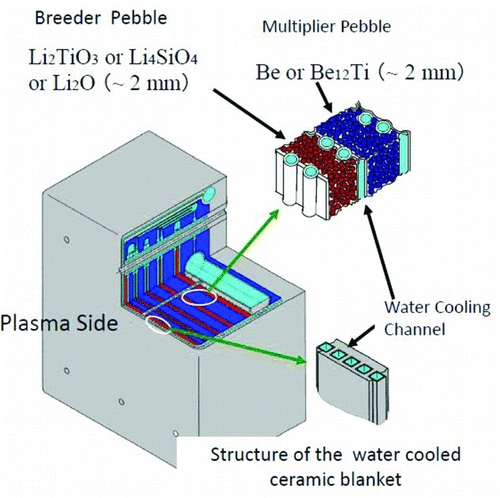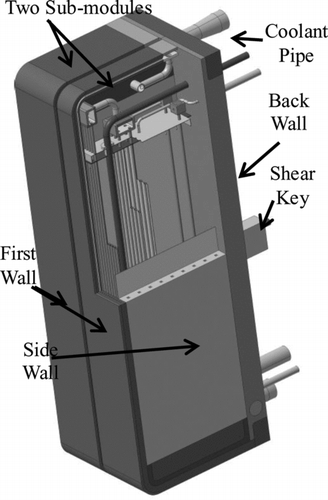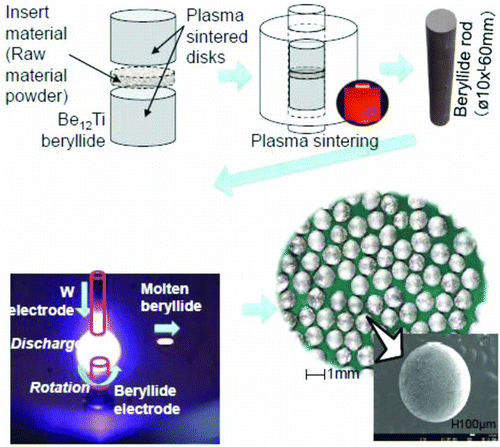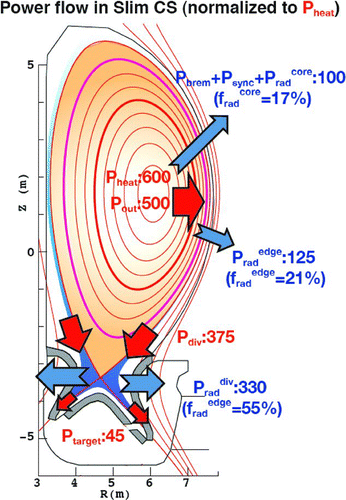Figures & data
Figure 1 Tokamak-type fusion power plant concept and the definition of energy multiplication factor Q
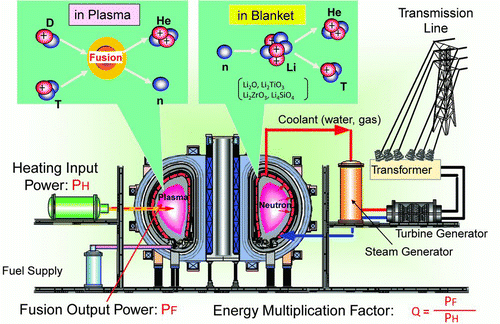
Figure 2 Progress of the plasma performance toward fusion reactors in the nτ– T diagram, where n is plasma ion density, τ is energy confinement time, and T is ion temperature
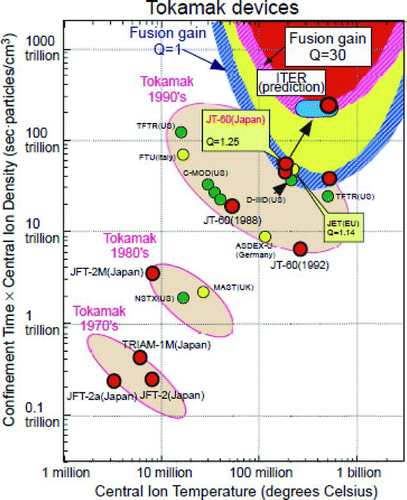
Table 1 Typical machine parameters of the ITER-CDA, ITER-FDR, and ITER-FEAT
Figure 4 Empirical scaling law obtained by the collaboration of the integrated work done by the ITPA (ITER Physics Activity) group
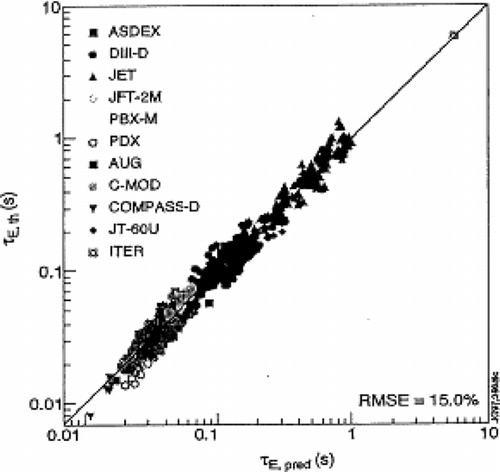
Table 2 Major parameters of the ITER superconducting magnet system
Figure 12 Divertor cassette and target element under test in the international collaboration. Photos provided by ITER Organization
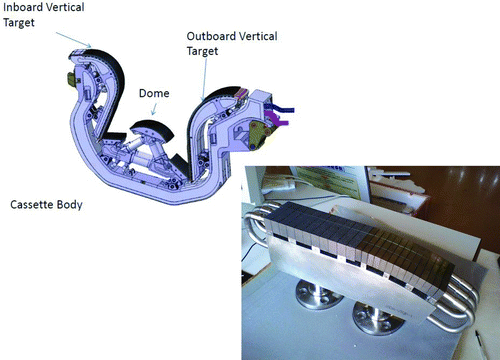
Figure 13 Design concept (right) and R&D (left) of the blanket remote maintenance equipment. Photos provided by ITER Organization
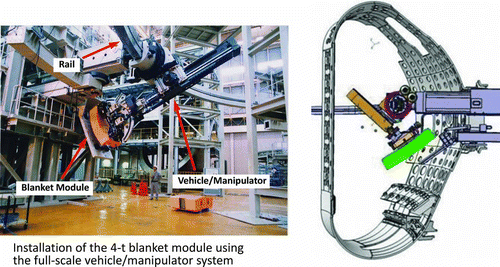
Figure 15 ITER main office building near completion and the working area in the completed PF coil assembly building (photos provided by ITER Organization)
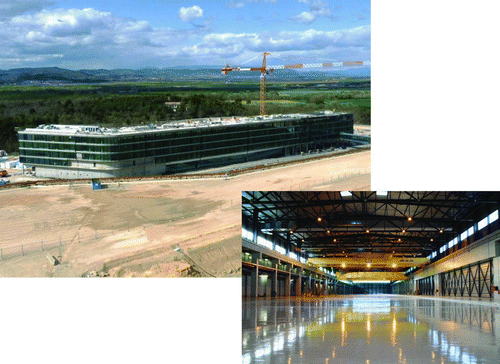
Figure 16 The groundwork for the Tokamak complex building is in progress and about 500 antiseismic bearing structures have been installed in the pit (photos provided by ITER Organization)
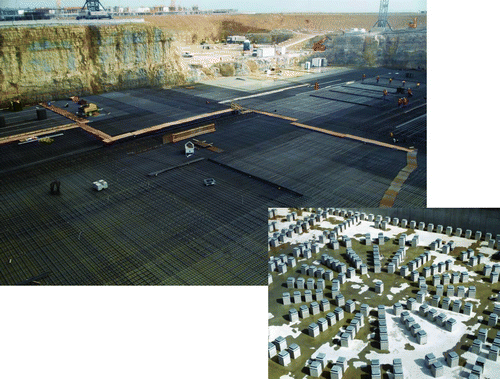
Figure 17 ITER cable in conduit conductors. Note: The superconducting cable is inserted in a metal conduit whose outer shape is rectangular (for CS and PF) or circular (for TF). Several hundreds of strands, each containing about 10,000 Nb filaments of a few micrometers, are twisted and pulled in a metal conduit of about 3 cm diameter
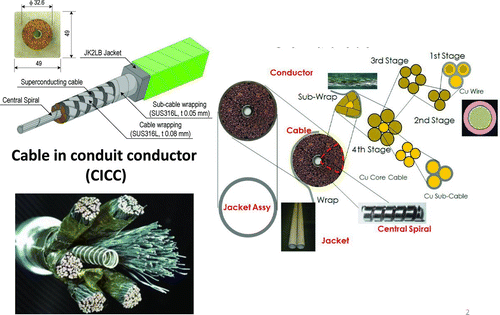
Figure 18 Superconducting cable fabrication facility at the Shin-Nittetsu Engineering Works and the produced conductors wound on a bobbin (lower photos)
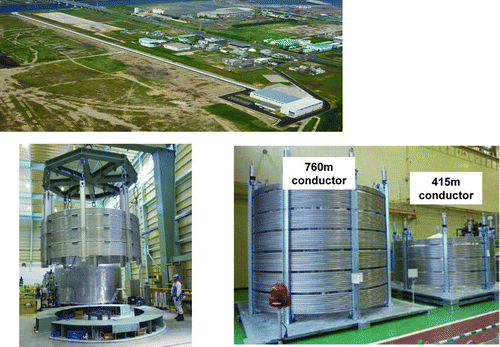
Figure 19 TF conductor winding line at the European vendor ASG Superconductors showing a first full-size turn for demonstration (ASG Superconductors copyright)
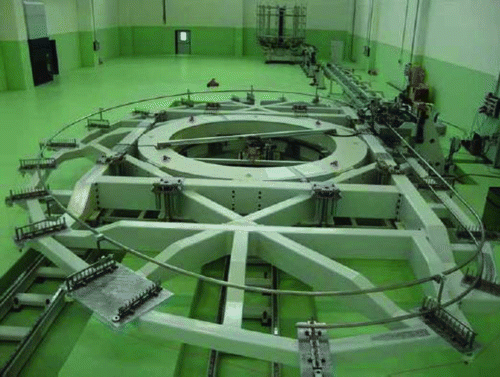
Figure 20 Trial fabrication of the TF coil casing steel block. Note: The JJ1, ST316LN, and SS316LN are developed for high performance at cryogenic temperatures
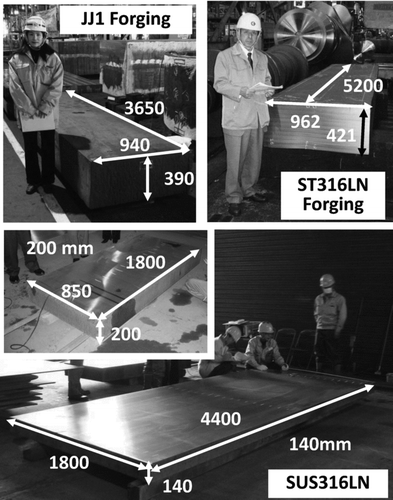
Figure 21 Mock-up fabrication of the vacuum vessel segments by Hyundai Heavy Industries (provided by Korean Domestic Agency)
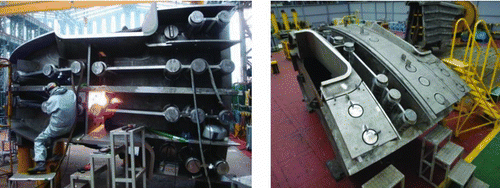
Figure 22 Integration of elements toward DEMO reactor. Note: The ITER integrates most of the plasma physics and technologies, but the blanket technologies and the advanced plasma development have to be incorporated into DEMO reactors
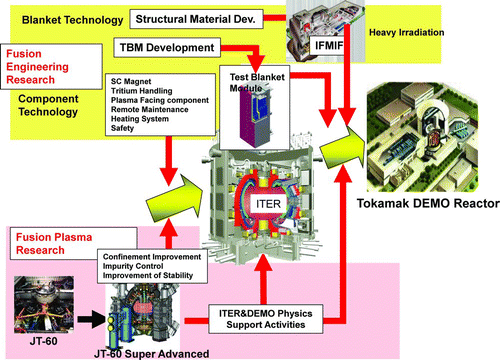
Table 3 Comparison of fusion reactors aiming at high-power output densities
Figure 25 Cross-section of the plasma in the typical designs with an envelop of an output of 3 GW and a neutron wall loading of 3 MWm−2
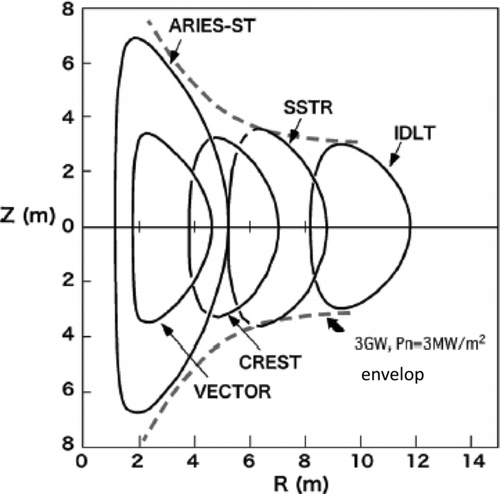
Table 4 Several types of blanket for power reactors to be tested in the ITER TBM
Figure 27 Test sample of the ferritic steel (F82H) first wall with cooling channels made by the HIP bonding technique
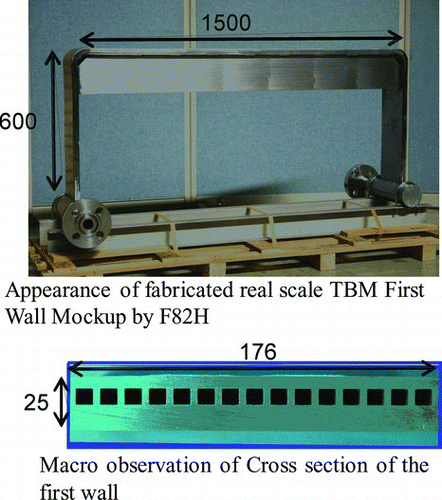
Figure 30 Heavy neutron irradiation tests already done, ongoing, and the plan for higher irradiation for F82H and for SiC/SiC materials at various temperatures by the fission materials test reactor
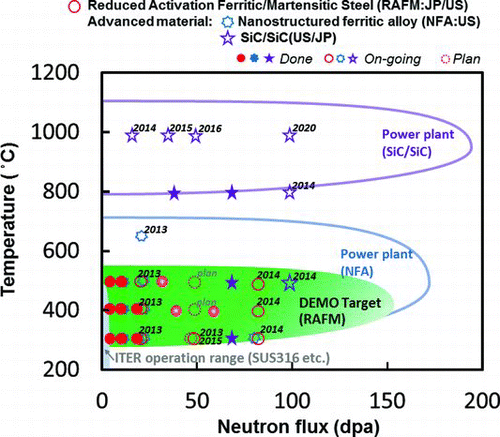
Figure 31 Bird's eye view of the IFMIF (International Fusion Materials Irradiation Facility) as presented in the Comprehensive Design Report [Citation25]
![Figure 31 Bird's eye view of the IFMIF (International Fusion Materials Irradiation Facility) as presented in the Comprehensive Design Report [Citation25]](/cms/asset/db2762b6-b14b-4f04-a45b-89189f5eacd8/tnst_a_773166_o_f0031g.jpg)
Figure 33 The Rokkasyo International Fusion Energy Research Center and the IFMIF/ EVEDA building (right) waiting for prototype accelerator tests
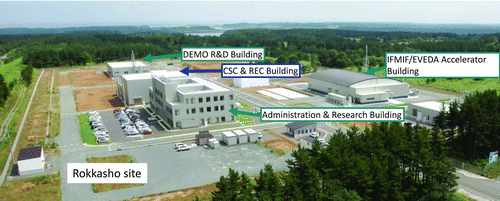
Figure 34 Liquid lithium loop facility for IFMIF at the JAEA Oarai to confirm stable free-boundary flow and purification

Figure 36 Sector blanket concept developed by the JAEA. Note: The EU has developed a concept to take out the module from the top of the tokamak
